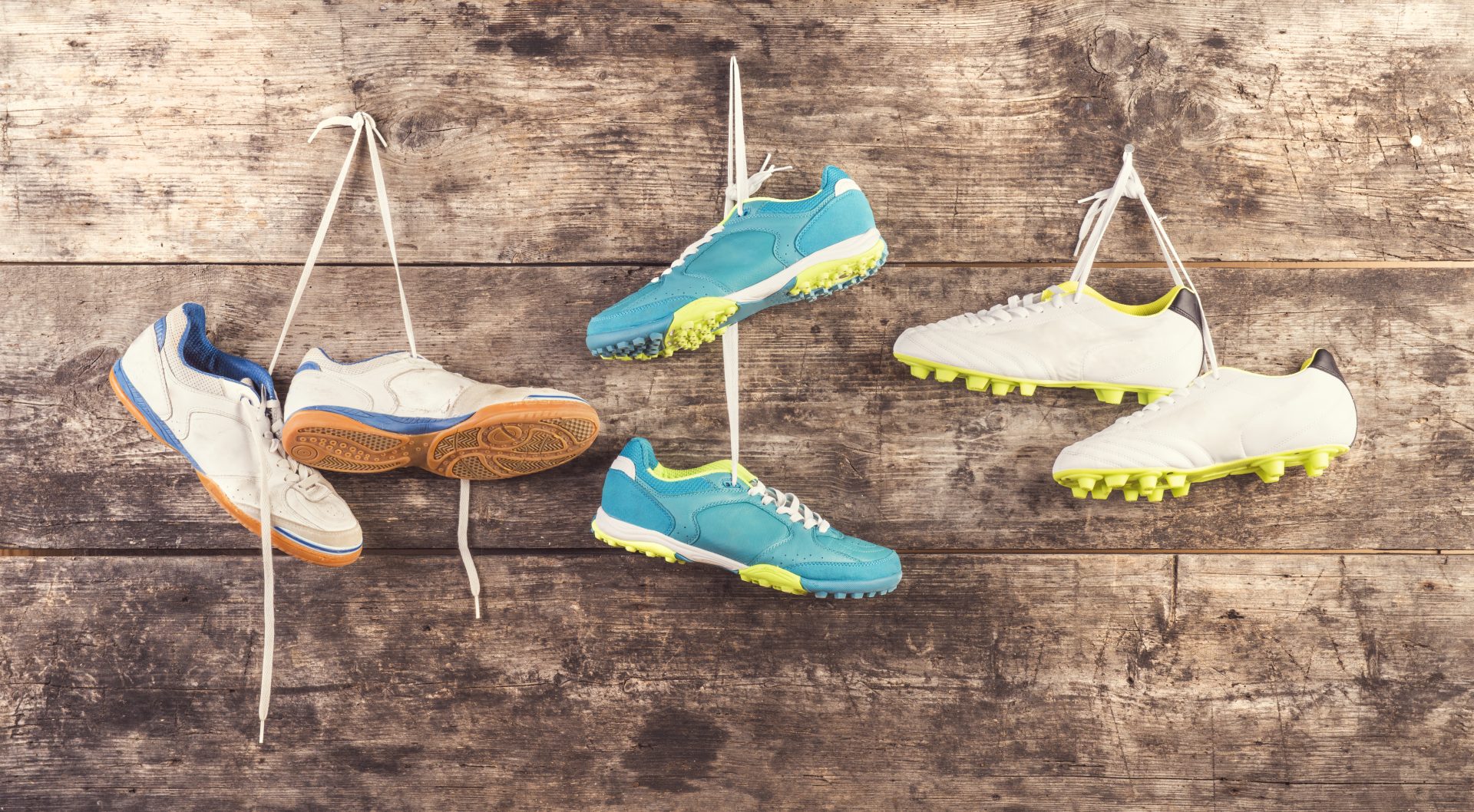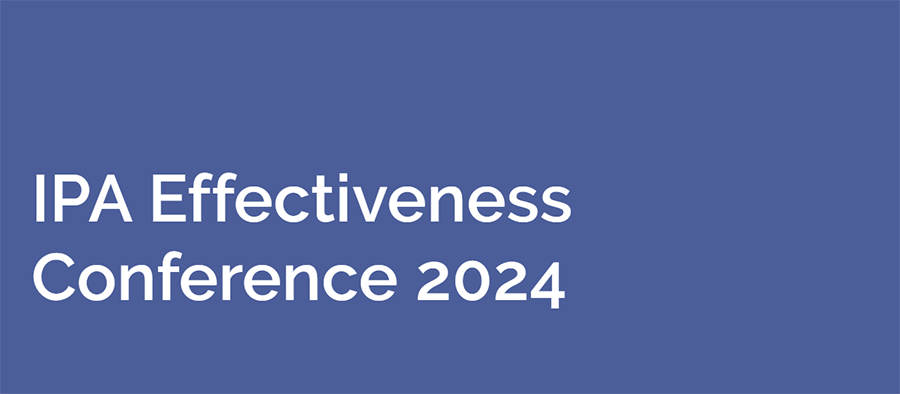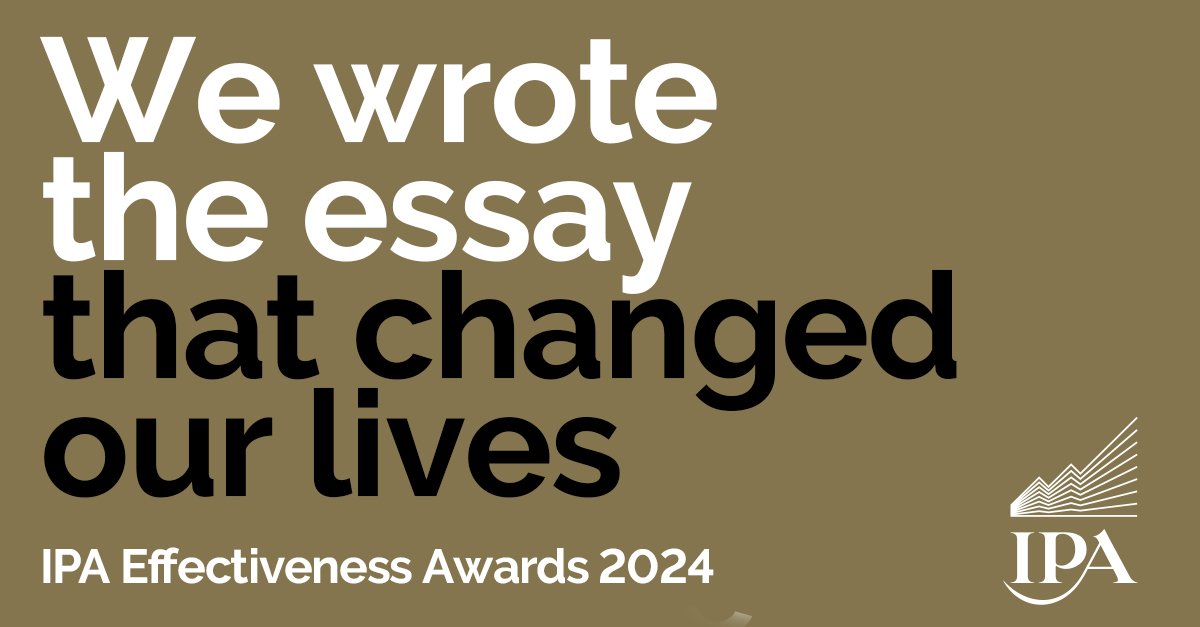Sport has never just been about the results, about the game, about the exercise. It’s also about community, says Natalie Delplanque.
With the cancellation of Euro 2020, Formula One and even the Tokyo Olympics the world of sport is being affected by COVID-19 more than most.
While the shutdown drags on, what can these cornerstone social organisations do to engage their legions of fans and followers? Sports brands have the reach, the resources, and now the responsibility to make a real difference. How they respond could keep them at the centre of our culture and win over a new generation of loyal followers.
Daily individual exercise is one of the few activities permitted by lockdown rules.
One of the stars who is seizing the moment is Joe Wicks. His YouTube PE classes and five minute HIIT (high intensity interval training) workouts for kids are rapidly becoming the media sensation of the current situation.
Developed in direct response to last week’s school closures, his daily streams are providing structure and routine for families – as well as a vital workout!
The sessions have been heavily promoted across social media. While a cynic will point to the benefits to his profile and book sales, it’s clear this initiative has community in mind, especially the streams that get kids exercising together in a virtual environment.
This organic, rapidly assembled community isn’t a side-effect of the success: it’s at the heart of it.
It works because it brings people together.
Training (and tumbling) at home
The likes of Tumble Tots have gone down a similar route. These examples point towards a change in demographic and audience intent around home fitness content. Joe Wicks’ content has traditionally been aimed at a majority female and weight loss motivated audience. The new focus is about general wellbeing and health, including mental health.
The current social restrictions are inspiring a new wave of community focused content. These values align with social connection and mindfulness more than personal training and being beach-ready. There’s a shift away from content aimed at meeting the wants of individuals to meeting the needs of communities feeling the strain of social separation.
How does this affect the media buying environment? Advertisers running topic, keyword, interest or intent-based targeting around fitness may wish to review their approach. Demographic segments and creative will be affected too. Creative can be tailored for parents and children during what used to be called school hours, and focus more on social health benefits than getting that Instagram body.
Keeping connected
For established sports and fitness brands, particularly in team sports, this is an open goal. How can they leverage their large network reach to stay relevant and make a positive contribution through the crisis?
Premiership teams, for instance, could look to emulating Joe Wicks’ model with their star players front and centre. Their trainers, medics and physios all have wisdom for keeping us healthy while the stadiums are out-of-bounds.
Lovell Netball have pushed their Home Training section front and centre, coupling with strong discounts and developing a Home Entertainment section to keep stuck-at-home families engaging with their brand. The UK netball community has quickly come together with viral home-grown social content to keep spirits and fitness levels up during the lockdown.
Even the global mega-brands are getting in on the act, as they realise the incredible value of the bonds the activities they support mean to millions, even as live sports grind to a temporary halt.
As we said in our recent report, brands who make a real contribution and bring people together now will benefit from consumer loyalty and engagement in the post-lockdown world.





